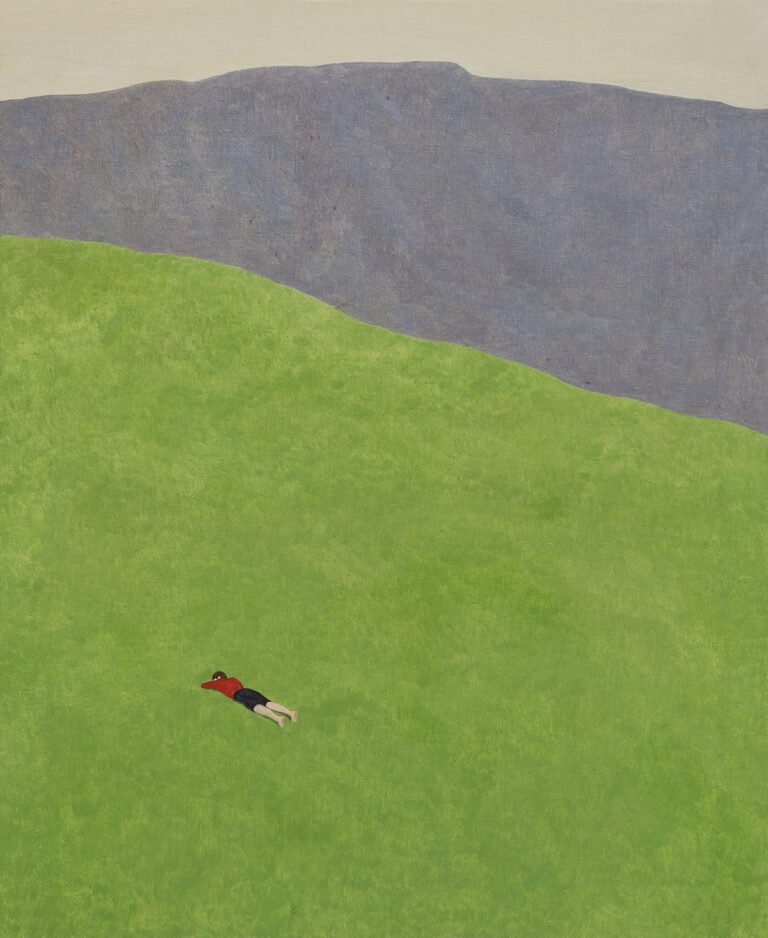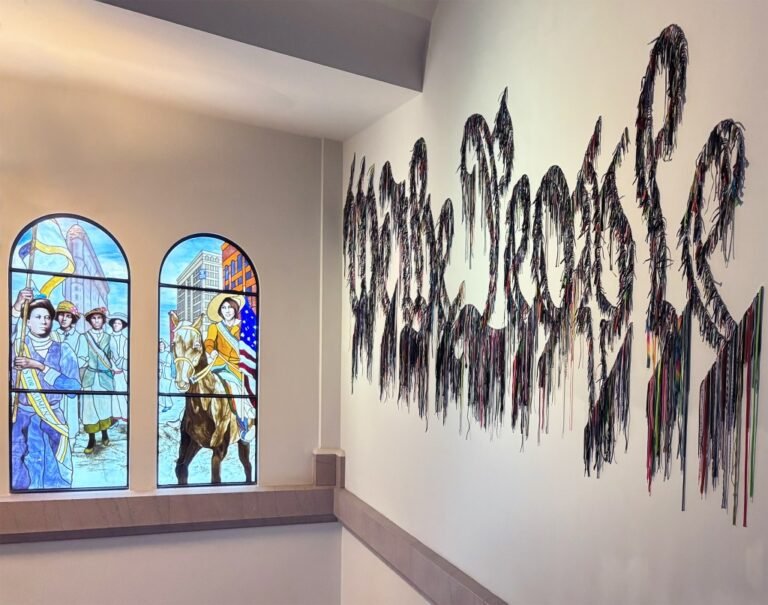

Forty minutes east of Montpellier on France’s Mediterranean coast sits a midcentury complex once disparaged as “architectural pollution” by L’Architecture d’Aujourd’hui. The seminal work of architect Jean Balladur, La Grande Motte — which means “the big mound” — is a modernist development comprising buildings inspired by pyramids and mastabas that rise above the sandy, green expanse of a former farm between the Étang de l’Ór lagoon and the open sea.
Conceived as a resort during the post-war period when Europeans were again embracing holiday travel, La Grande Motte accommodates nearly 38,000 tourists in vacation homes, apartments, and campsites. Balladur realized the project during what is known as the Les Trente Glorieuses, or “the glorious thirty,” a period of economic prosperity following the end of World War II. And for him, the resort represented an ideal city in which lodging was relatively affordable and residents could escape socio-economic pressures.

For photographers and collaborators Laurent Kronental and Charly Broyez, who often focus on architecture and urban environments, La Grande Motte presented a unique opportunity to explore an infamous location which, over the years, has grown on its critics. Increasingly seen as a concept well ahead of its time, its unique forms, white facades, sculptural elements, and harmony with nature provided an irresistible focus for a series titled La Cité Oasis—un Rêve Futuriste au bord de la Méditerranée, or, The Oasis City—a Futuristic Dream on the Mediterranean.
Between 2019 and 2023, Kronental and Broyez captured the gleaming towers, arched silhouettes, sculptural elements, and brutalist details in dusky, glowing images that radiate a feeling of summertime. We see the nuanced influences Balladur incorporated from sources like the pre-Columbian pyramids of Teotihuacan, Mexico, or Le Corbusier’s La Cité radieuse in nearby Marseille. Each building is unique, rising from the sand like enormous, inhabitable sculptures.
Broyez and Kronental’s images are devoid of people, but umbrellas on balconies, towls hanging to dry, or open windows suggest their presence. Exploring La Grande Motte was “like discovering a parallel world in which we don’t know if we’ve found the remains of an ancient civilization, or entered the future,” Kronental told The New York Times.
Check out both Broyez and Kronental on Instagram, and peruse the entire project, which consists of nearly 70 photos.








Do stories and artists like this matter to you? Become a Colossal Member today and support independent arts publishing for as little as $7 per month. The article Photos by Charly Broyez and Laurent Kronental Celebrate Architecture Ahead of Its Time appeared first on Colossal.






